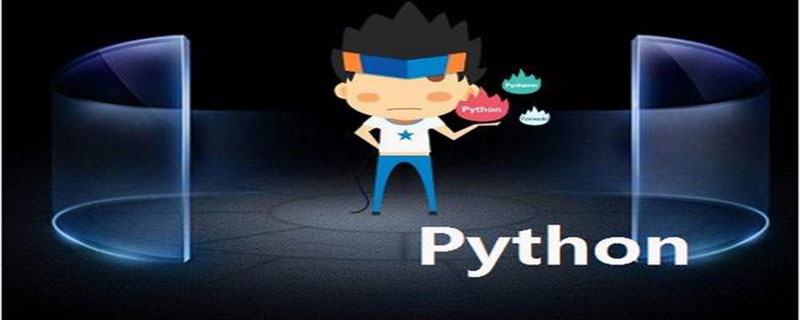
在编程实践中,print 的使用频率非常高,特别是程序运行到某个时刻,要检测产生的结果时,必须用 print 来打印输出。
关于 print 函数,前面很多地方已经提及过,可用于写入标准输出。现在,是时候该深入了。
注意:这里强调的是“print 函数”,而不是“print 语句”。
深入print
在 Python 2.x 中,print 是一个语句,但是在 Python 3.x 中,它是一个函数。如果 2.x 和 3.x 都使用过,你就会发现差异有多么大。
进入 3.x 的交互式 shell,尝试使用“print 语句”:
[wang@localhost ~]$ python Python 3.5.2 (default, Mar 29 2017, 11:05:07) [GCC 4.8.5 20150623 (Red Hat 4.8.5-11)] on linux Type "help", "copyright", "credits" or "license" for more information. >>> >>> print 'Python' ... SyntaxError: Missing parentheses in call to 'print'
对于大多数人来说,这个错误信息再熟悉不过了。正如上面所提到的那样,print 是 3.x 中的一个函数,与其他函数一样,参数应该被圆括号括起来
>>> print('Python')
Python
print函数
要了解 print 函数的用途,可以使用 help() 来寻求帮助:
>>> help(print) ... Help on built-in function print in module builtins: print(...) print(value, ..., sep=' ', end='\n', file=sys.stdout, flush=False) Prints the values to a stream, or to sys.stdout by default. Optional keyword arguments: file: a file-like object (stream); defaults to the current sys.stdout. sep: string inserted between values, default a space. end: string appended after the last value, default a newline. flush: whether to forcibly flush the stream.
将对象输出到文本流文件,由 sep 分开,然后以 end 结束。如果 sep、end、file 和 flush 出现,则必须以关键字参数的形式指定。
不使用关键字参数
print 函数可以打印任意数量的值(value1, value2, …),这些值由逗号分隔。
>>> age = 18
>>>
>>> print('age', age)
age 18
很容易发现,两个值之间有一个分隔符 – 空格(默认值),这取决于 sep。
分隔符
如果要重新定义分隔符,可以通过 sep 来指定。
>>> print('age', age, sep='') # 去掉空格
age18
>>>
>>> print('www', 'python', 'org', sep='.') # 以 . 分割
www.python.org
神龙|纯净稳定代理IP免费测试>>>>>>>>天启|企业级代理IP免费测试>>>>>>>>IPIPGO|全球住宅代理IP免费测试




































